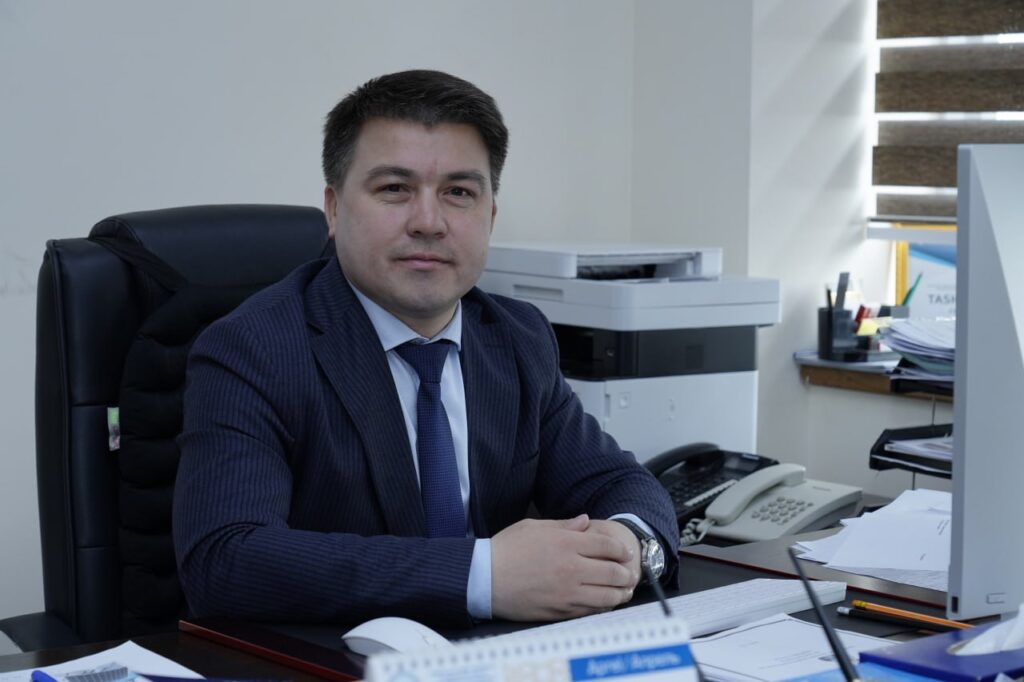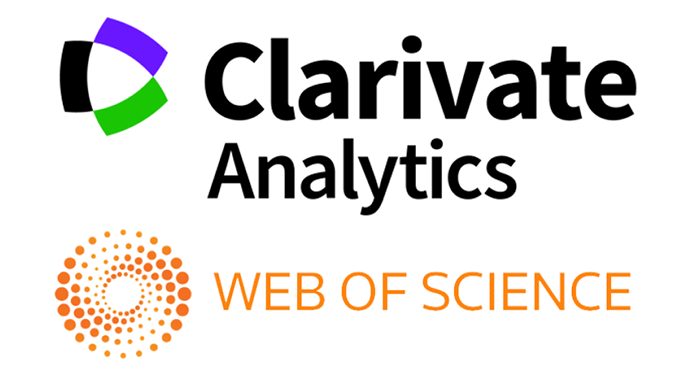QUANTUM TECHNOLOGIES IN EDUCATION
Abstract
Technologies based on quantum physics have been around for almost 80 years. The understanding of quantum solid state physics was the impetus for the invention in 1947 of transistor, and the understanding of quantum optics led to the invention of laser. Humanity has learned to manipulate complex quantum systems based on their individual components: ions, photons and atoms. It is possible to separately control the quantum state of each component of a quantum system, as well as to change and measure their states. The article describes the possible areas of application of quantum technologies for educational purposes.
References
Злобин А.Д. Квантово-виртуальный метод дистанционного обучения. Современные исследования социальных
проблем, 3(03) (2010): 28-33
Preskill, John. Quantum Computing in the NISQ era and beyond. Quantum 2 (2018): 79.
McGeoch, Catherine C. "Adiabatic quantum computing and quantum annealing: Theory and practice." Synthesis Lectures
on Quantum Computing 5.2 (2014): 1-93.
Harrow, Aram W., Avinatan Hassidim, and Seth Lloyd. Quantum algorithm for solving linear systems of equations.
Physical Review Letters 103.15 (2009): 150502.
Copyright (c) 2024 News of the NUUz

This work is licensed under a Creative Commons Attribution-NonCommercial-ShareAlike 4.0 International License.


.jpg)

1.png)







